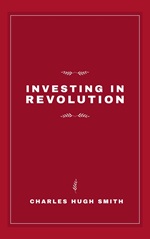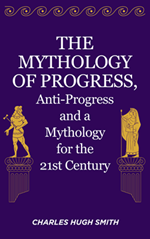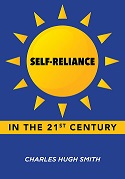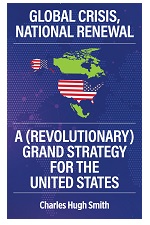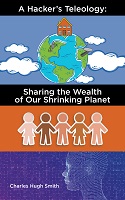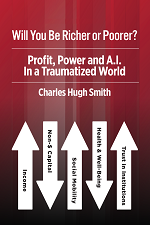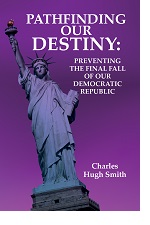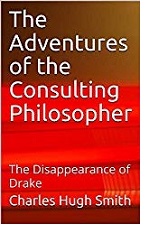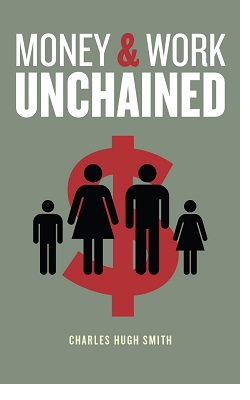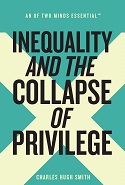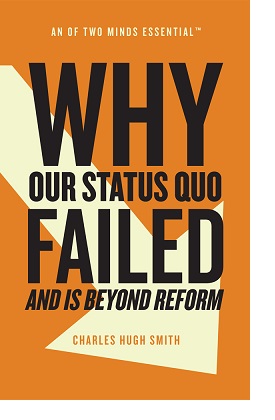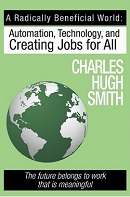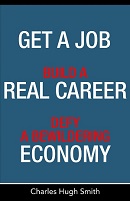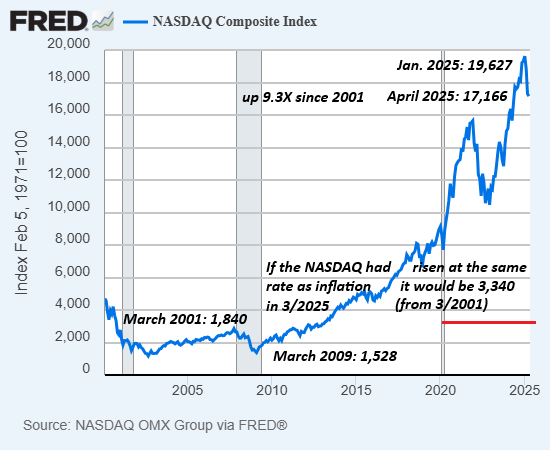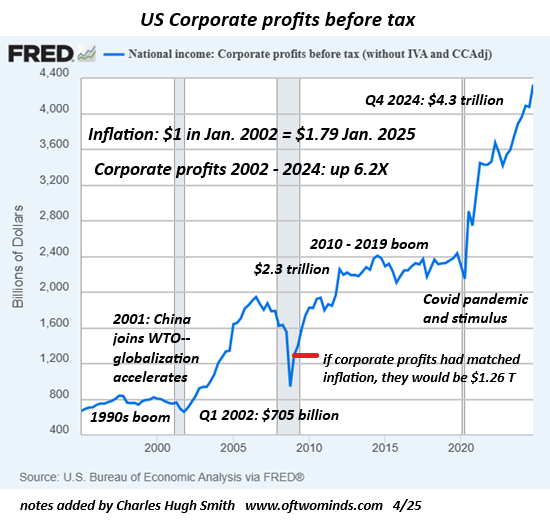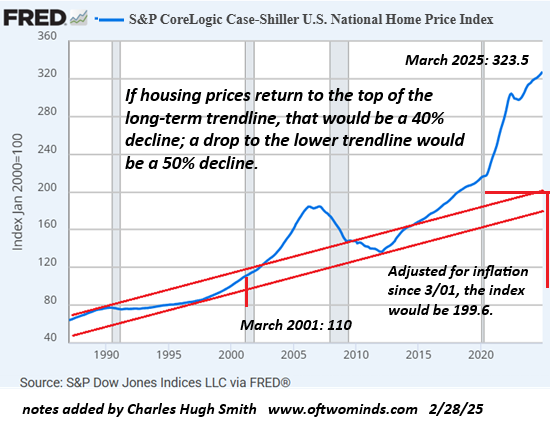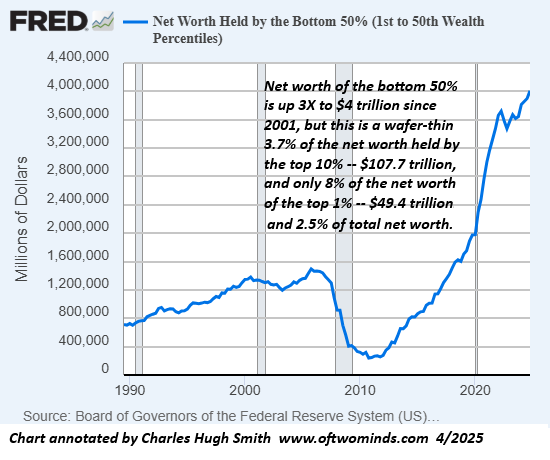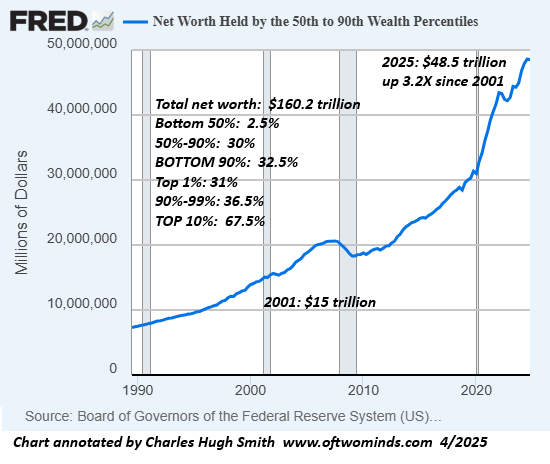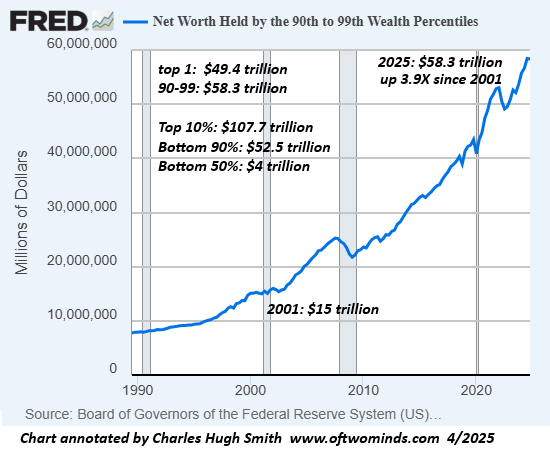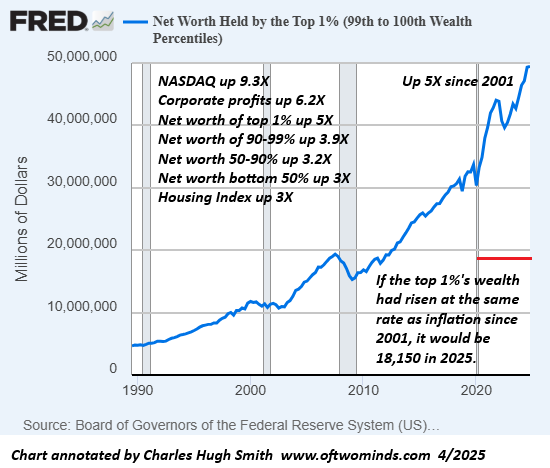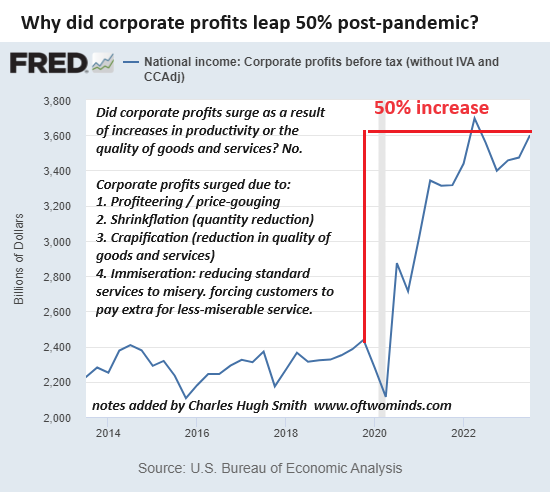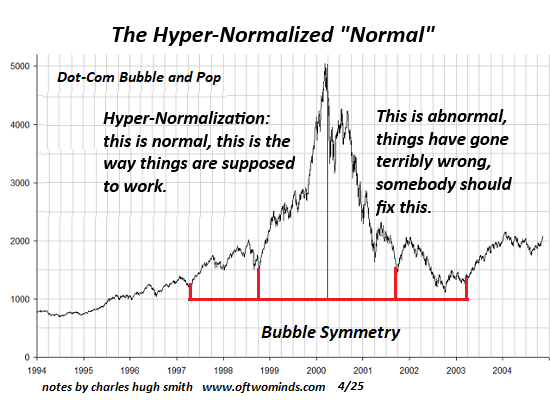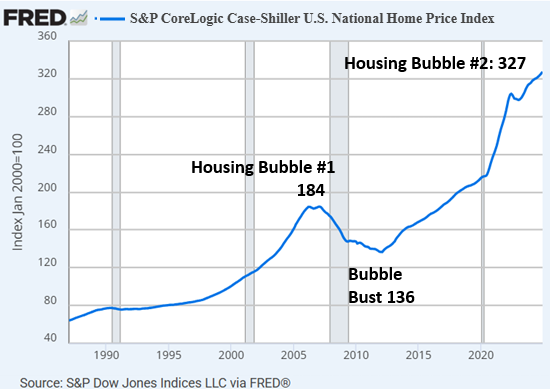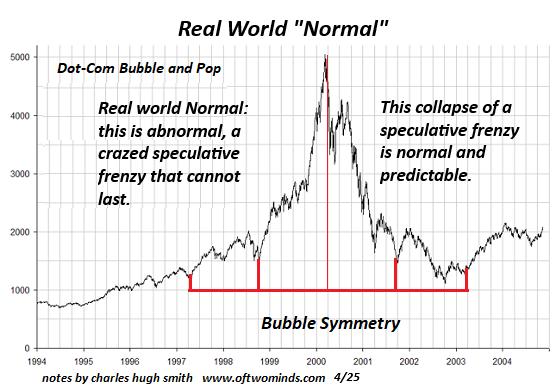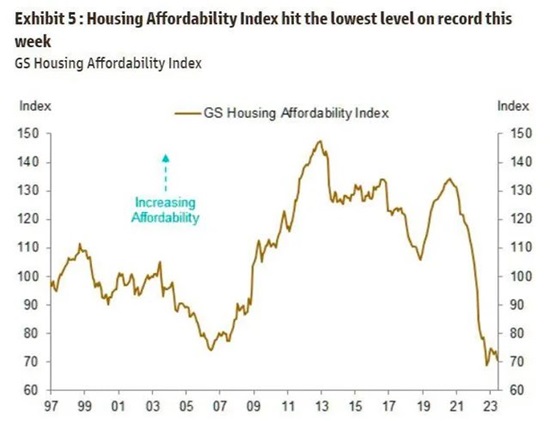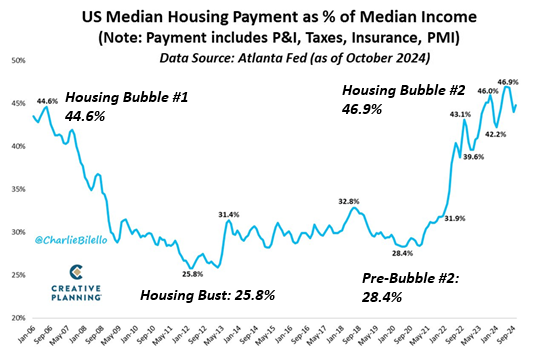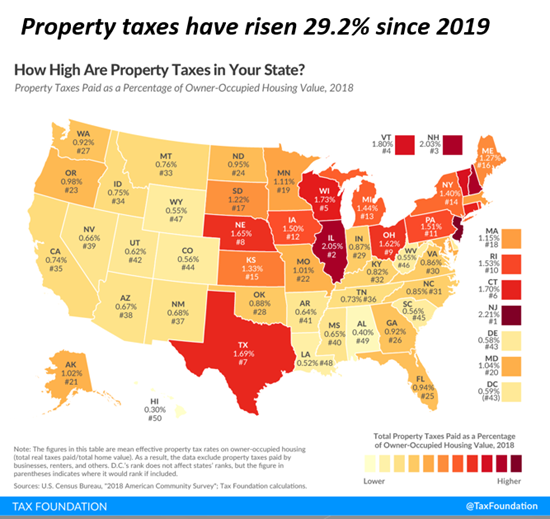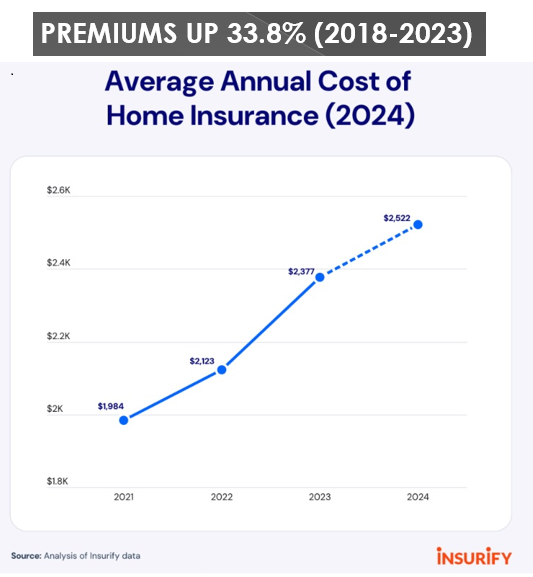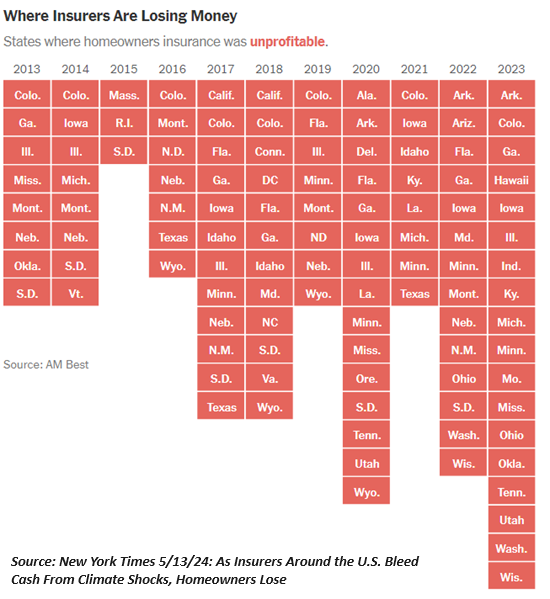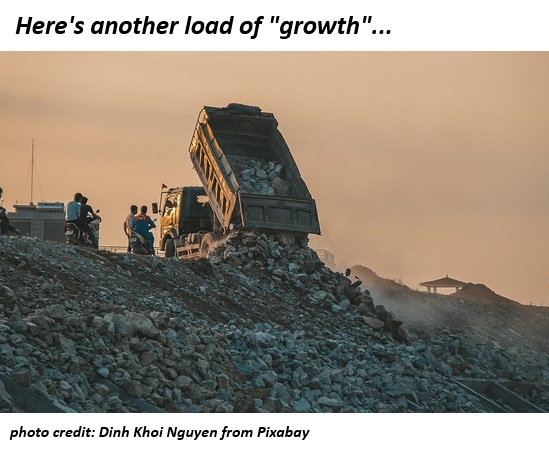The Potential Winners and Losers in Reshoring Supply Chains
Until values, priorities and incentives change, "the lifestyle you ordered is currently out of stock and on back order, with no estimate of a future delivery date."
The ultimate winners and losers in reshoring supply chains to North America have yet to be determined, and may change depending on the time frame. In the short-term, there are ample reasons to reckon consumers will be the losers as shortages and price-gouging ("it's the tariffs" will be the excuse given for profiteering) take their toll.
Matt Stoller has posted two comprehensive essays on these topics:
How Monopolies Could Exploit the Tariff Shock
How to Prepare for the Coming Supply Chain Shock
In the longer term, however, consumers could be winners as reshored supply chains will be more stable and predictable than globalized supply chains. Stability has a value that isn't recognized until it's absent--as do durability and quality.
One set of potential winners might be large retail corporations that choose to switch from "horizontal" global supply chains to vertically integrated domestic production, in which raw materials are turned into finished products in one production facility.
Ford Motor Company was an early adopter of this model, constructing the immense
Ford River Rouge complex from 1917 to 1928 that turned iron ore into finished automobiles in one integrated production process.
"With its own docks in the dredged Rouge River, 100 miles (160 km) of interior railroad track, its own electricity plant, and integrated steel mill, the titanic Rouge was able to turn raw materials into running vehicles within this single complex, a prime example of vertical-integration production."
While it can be argued that vertical integration is less efficient in terms of cost, once again the value of complete control, stability and predictability is not included in spreadsheets, though it becomes readily apparent when long single-source global supply chains break down or are crippled by bottlenecks, artificial scarcities triggered by geopolitical blackmail or a host of other causal factors.
Establishing domestic sources for materials, tooling, robotics, etc. would remove many of the uncertainties that are inherent in a global supply chain breaking down along geopolitical, regional and national lines.
Were unions to regain wide public support, industrial unions might be winners should the public support unionizing new production facilities. The sustained erosion of labor's share of the nation's income over the past five decades might finally gain recognition as a core driver of wealth-income inequality and unionized labor might be understood as a necessary rebalancing of an economy that has favored finance and capital over labor for nearly three generations.

Were the public to begin valuing local production and jobs over "lower prices" and equally low quality, local supply chains might become winners. Note that I've mentioned the public's values and priorities as key drivers changing economic incentives and policies. In the current zeitgeist, the public is assumed to be "rational economic robots" who respond solely to price.
Once the full banquet of consequences of rampant hyper-financialization and hyper-globalization has played out, the public might begin to grasp the importance of valuing something other than low prices (and the low quality that comes with low prices). As a general rule, the public leads the private sector and government, not the other way round.
For example, the public might start valuing national security, which is ultimately dependent on stable, predictable domestic production supply chains owned and controlled by domestic companies.
Until values, priorities and incentives change, the lifestyle you ordered is currently out of stock and on back order, with no estimate of a future delivery date.

New podcast: Adaptability: The Key to Future Success, with the Contrarian Capitalist (53:40 min)
New podcast: Trade, Tariffs and Globalization with Richard Bonugli (35:51 min)
My recent books:
Disclosure: As an Amazon Associate I earn from qualifying purchases originated via links to Amazon products on this site.
The Mythology of Progress, Anti-Progress and a Mythology for the 21st Century print $18, (Kindle $8.95, Hardcover $24 (215 pages, 2024) Read the Introduction and first chapter for free (PDF)
Self-Reliance in the 21st Century print $18, (Kindle $8.95, audiobook $13.08 (96 pages, 2022) Read the first chapter for free (PDF)
The Asian Heroine Who Seduced Me (Novel) print $10.95, Kindle $6.95 Read an excerpt for free (PDF)
When You Can't Go On: Burnout, Reckoning and Renewal $18 print, $8.95 Kindle ebook; audiobook Read the first section for free (PDF)
Global Crisis, National Renewal: A (Revolutionary) Grand Strategy for the United States (Kindle $9.95, print $24, audiobook) Read Chapter One for free (PDF).
A Hacker's Teleology: Sharing the Wealth of Our Shrinking Planet (Kindle $8.95, print $20, audiobook $17.46) Read the first section for free (PDF).
Will You Be Richer or Poorer?: Profit, Power, and AI in a Traumatized World
(Kindle $5, print $10, audiobook) Read the first section for free (PDF).
The Adventures of the Consulting Philosopher: The Disappearance of Drake (Novel) $4.95 Kindle, $10.95 print); read the first chapters for free (PDF)
Money and Work Unchained $6.95 Kindle, $15 print) Read the first section for free
Become a $3/month patron of my work via patreon.com.
Subscribe to my Substack for free
NOTE: Contributions/subscriptions are acknowledged in the order received. Your name and email remain confidential and will not be given to any other individual, company or agency.
|
Thank you, David E. ($7/month), for your splendidly generous subscription to this site -- I am greatly honored by your steadfast support and readership. |
Thank you, Smurf77 ($7/month), for your marvelously generous subscription to this site -- I am greatly honored by your support and readership. |
|
|
Thank you, RemfBowHunter ($70), for your magnificently generous subscription to this site -- I am greatly honored by your support and readership. |
Thank you, Gabriel B. ($70), for your superbly generous contribution to this site -- I am greatly honored by your support and readership. |


